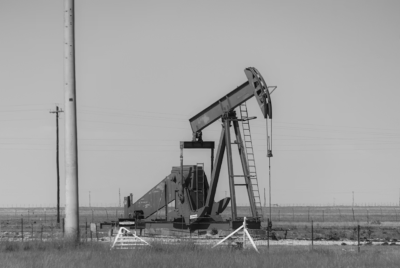RBA minutes: Another cut in cash rate likely, taking it to 2% by end-2015

Australia's rate setters see the official cash rate at 2% by the end of this year, meaning another 25 basis points cut in the rate, the minutes of the Reserve Bank of Australia meeting on 3 February, released on the 17th, showed.
"At the time of the December meeting, financial market pricing had suggested some chance of an easing in policy during 2015. This expectation strengthened somewhat during January, and by the time of the February meeting pricing reflected a two-thirds probability of a 25 basis point reduction in the cash rate at that meeting, with the cash rate expected to be 2% by the end of the year."
The RBA had cut the rate to 2.25% in the February meeting citing weakening outlook for growth amid continued global headwinds.
Members noted at the meeting that staff forecasts for output, which were conditioned on an assumption of no change in the cash rate, had been revised lower in the near term.
"Recent data indicated that the expected pick-up in consumption and non-mining business investment was likely to occur later than had been previously anticipated, while the pick-up in LNG exports over coming quarters was now likely to be less rapid."
Lower oil prices will boost growth in many trading partners of Australia but the China slowdown will offset the positive effects, RBA board members noted.
"Very accommodative global financial conditions were also expected to support global growth in 2015. These positive effects on trading partner growth, however, were expected to be largely offset in 2015 by a gradual decline in the pace of growth in China."
However, the net effect of commodity price changes and the exchange rate depreciation over the past three months would provide a positive impetus to domestic growth over the next year or so, the RBA said.
"Overall, the underlying forces driving growth remained much as they had been for some time and GDP growth was still expected to pick up gradually to an above-trend pace in the latter part of the forecast period."
The policymakers continued their stance that further deprecation of the Australian dollar is needed to achieve balanced economic growth.
"The Australian dollar had depreciated noticeably against a rising US dollar over recent months, although less so against a basket of currencies, and that it remained above most estimates of its fundamental value, particularly given the significant declines in key commodity prices."
"Members agreed that a lower exchange rate was likely to be needed to achieve balanced growth in the economy."
At this month's meeting, the timing of the rate cut was debated with one opinion favouring pushing it to the next meeting. However, the board finally judged that moving on the rate now itself offers the opportunity of early additional communication in the forthcoming Statement on Monetary Policy.
The Australian dollar made some gains after the policy but held below the 0.7800 mark, within a 2% limit of the recent multi-year low of 0.7626.
© Copyright IBTimes 2025. All rights reserved.






















